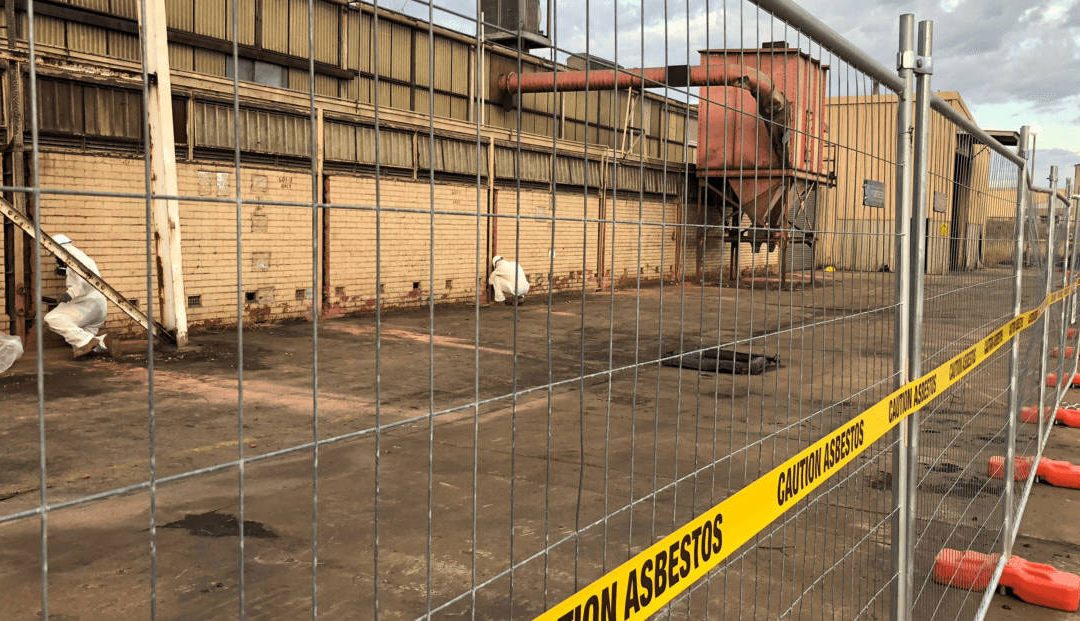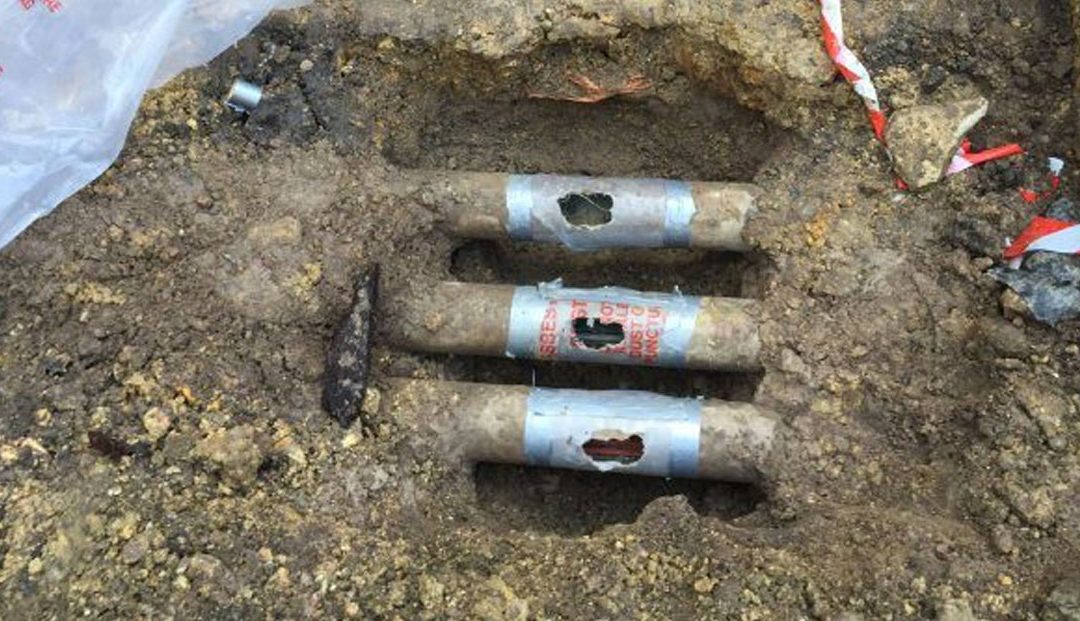Class A and B asbestos removal licences permit businesses to remove different types of asbestos depending on the type of project. Both licences have different permits and skills behind them, so knowing how to choose the right asbestos removal company for your specific needs is vital
What is a Class A Asbestos Removal Licence?
Asbestos removalists with a Class A asbestos removal licence are permitted to remove both non-friable and friable asbestos. Class A removalists must have certification in CPCCDE3015A Remove Friable Asbestos – this certification requires a refresher course to be completed yearly as well as a full medical completed every two years.
Class A asbestos removalists are often also called upon to remove a number of other hazardous materials including lead paint, synthetic mineral fibre (SMF), PCB’s and mould. It is important that they have an understanding of these materials and relevant guidelines around removing them. Prior experience in these products is integral to removing them safely.
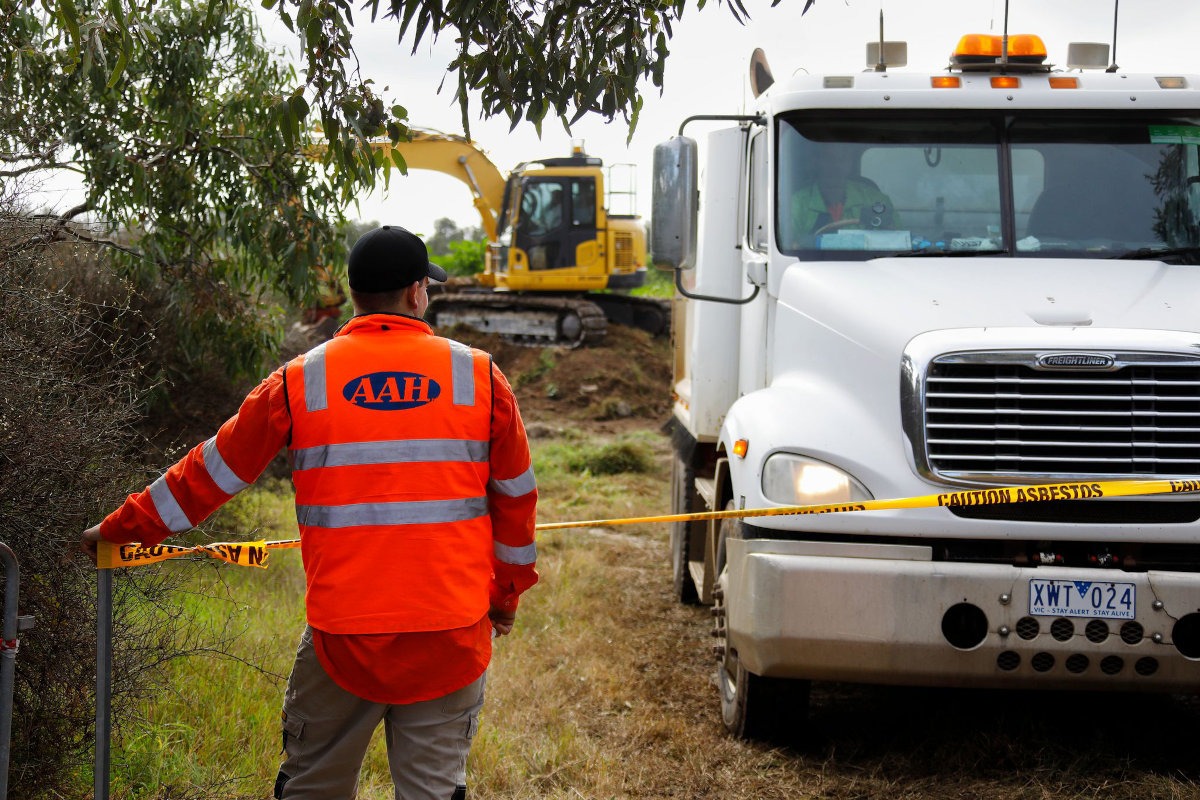
What is a Class B Asbestos Removal Licence?
Class B asbestos removalists are only allowed to remove non-friable asbestos. Non-friable asbestos is typically mixed with other products, such as cement, and sealed. This leaves a low chance of the asbestos fibres becoming airborne and therefore can be safely maintained without disturbance.
What is involed in a Class A Asbestos Removal?
Carrying out a friable asbestos removal project is a much more involved process than a non-friable removal with additional requirements such as; purpose built enclosures, decontamination units, negative air units and full face positive pressure respirators. Friable asbestos removal also requires the nominated Class A asbestos Supervisor to remain on site. These supervisors must have at least two years industry experience and also obtain certification in ‘CPCCBC4051A Supervision of Asbestos Removal’.
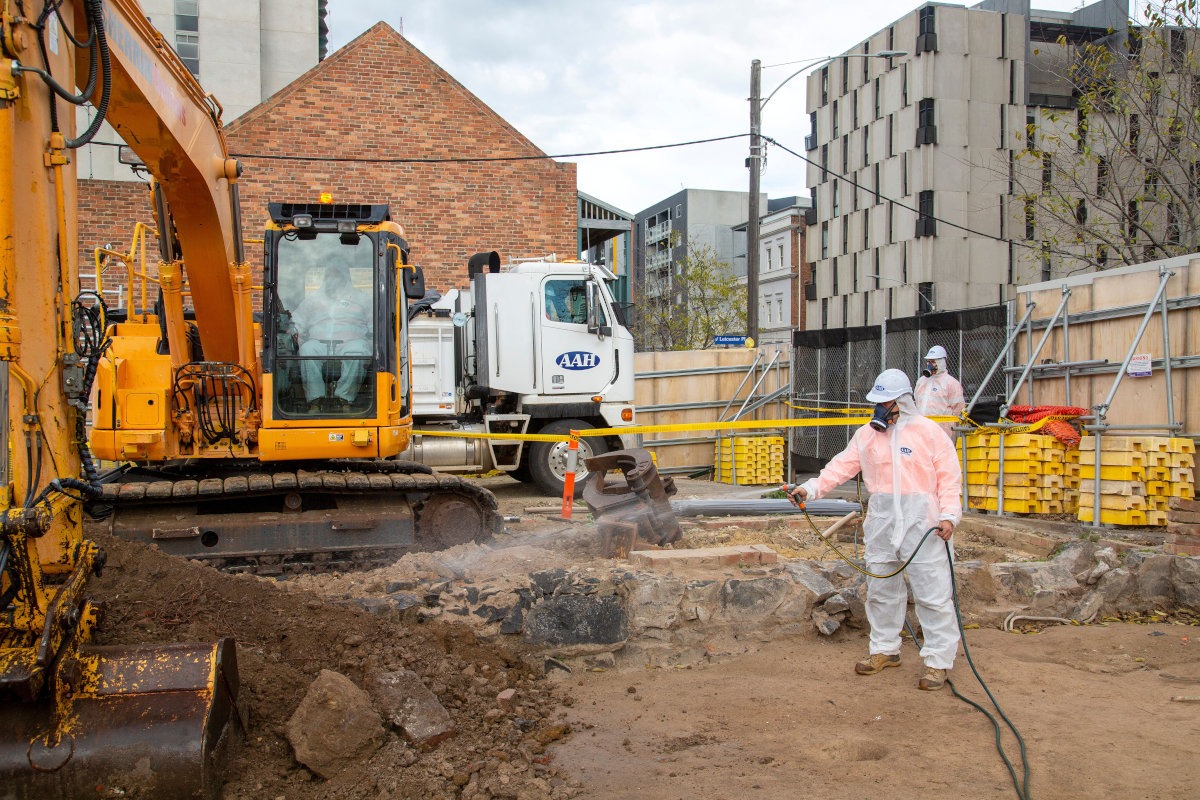
How to identify Class A or B asbestos?
An Asbestos Register and Risk Assessment should be prepared in accordance with the requirements of Chapter 4, Part 4.4, Division 5 of the Victorian Occupational Health and Safety Regulations 2017 under the normal occupation of buildings.
However, Regulation 228 of the 2017 Regulations requires that the Asbestos Register be revised, where necessary, if:
- There is a change in the condition of the asbestos containing material: or
- Asbestos containing material has been removed, enclosed or sealed.
Regulations 232 and 239 requires that the person who manages or controls a workplace ensure that any measures implemented to control risks associated with the presence of asbestos are reviewed, and, if necessary revised:
- Before any change is made to the workplace or a building, structure, ship or plant at the workplace or a system of work that is likely to disturb or damage any asbestos; or
- After any incident occurs to which part 5 of the act applies that is associated with the presence of asbestos; or
- If, for any other reason, the risk control measures do not adequately control the risks.
Where no such occurrences as outlined above occur, the Asbestos Register must be reviewed, and where necessary revised, at least every 5 years.
In view of the information provided in the National Occupational Health and Safety Commission’s (NOHSC) Code of Practice for the Management and Control of Asbestos in Workplaces, however, consideration should be given to undertaking annual reviews of the Asbestos Register and risk assessment.
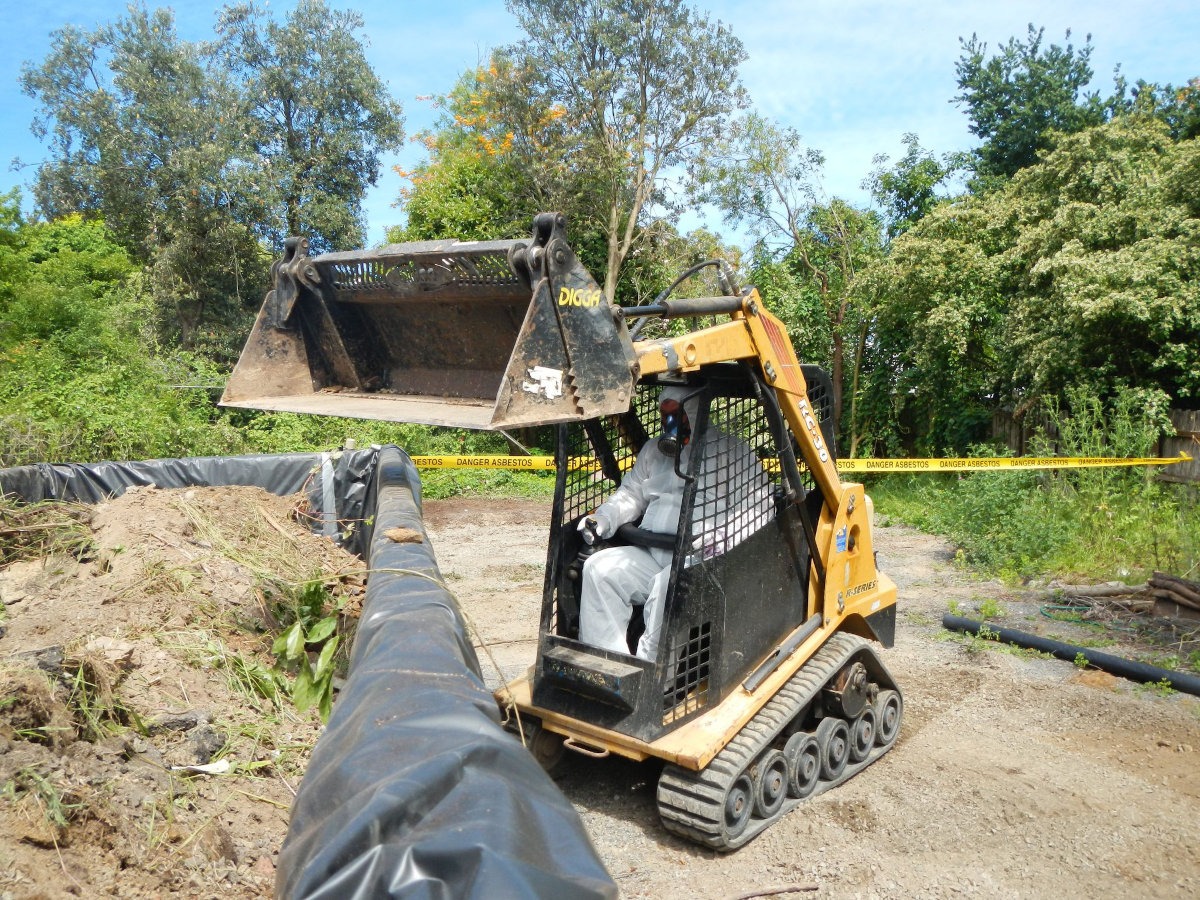
Common areas that friable & non-friable asbestos is found
| Non-Friable Asbestos | Friable Asbestos |
|---|---|
|
|
Why choosing a company with the right licence matters?
When looking to hire an asbestos removal company it is important to check their credentials and licence types. This ensures that the team you are working with are not only qualified for the relevant asbestos removal project, but also are conducting the works safely, and efficiently.
For more information visit:
Speak to our specialist team
AAH Contracting is a certified Class A & B asbestos removalists and available to take on projects across Australia. If you are in need of a highly experienced class A asbestos removalist speak to our team today on (03) 9729 0066.
Enquire Today!
Fill out the form below and let us know about your project. One of our experienced asbetsos removal specialists will be in touch shortly.
Error: Contact form not found.

